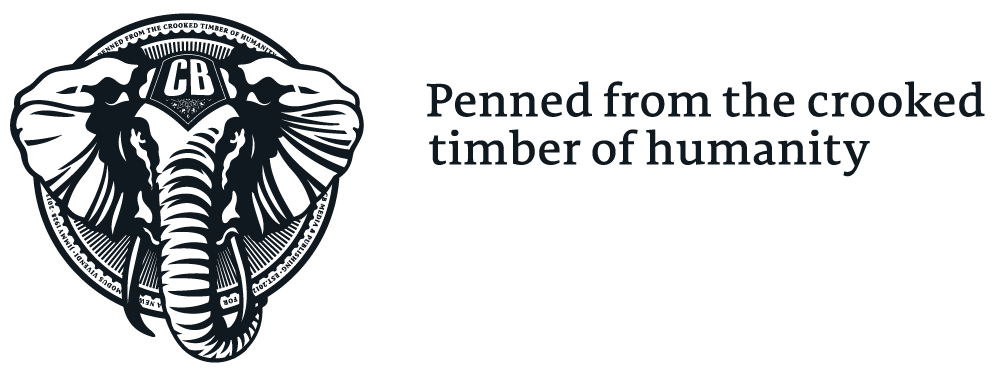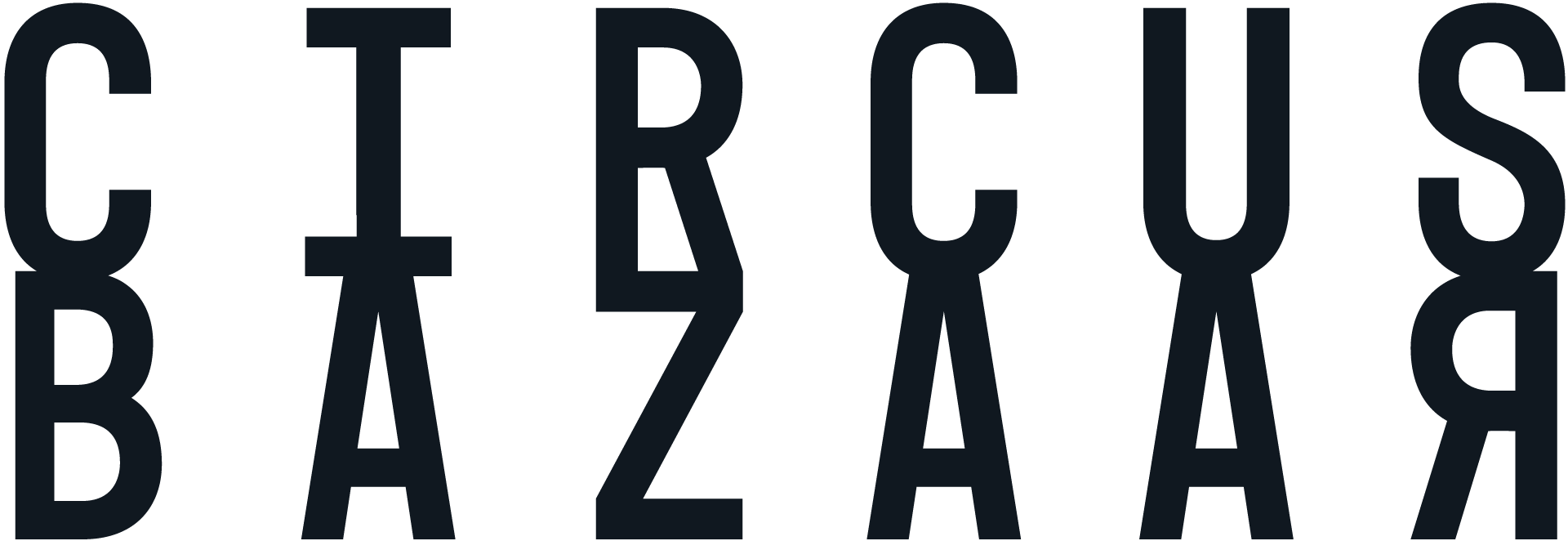Provided by the World Health Organization, this is a series of regular updates on the Ebola Response Roadmap 8th October 2014. It contains a review of the epidemiological situation and response monitoring of the 2014 outbreak in Western Africa.
[sociallocker id=”1624″][/sociallocker]
Follow us on Social Media
[gview file=”https://circus.wpengine.com/wp-content/uploads/2014/10/roadmapupdate10Oct14_eng.pdf”]








